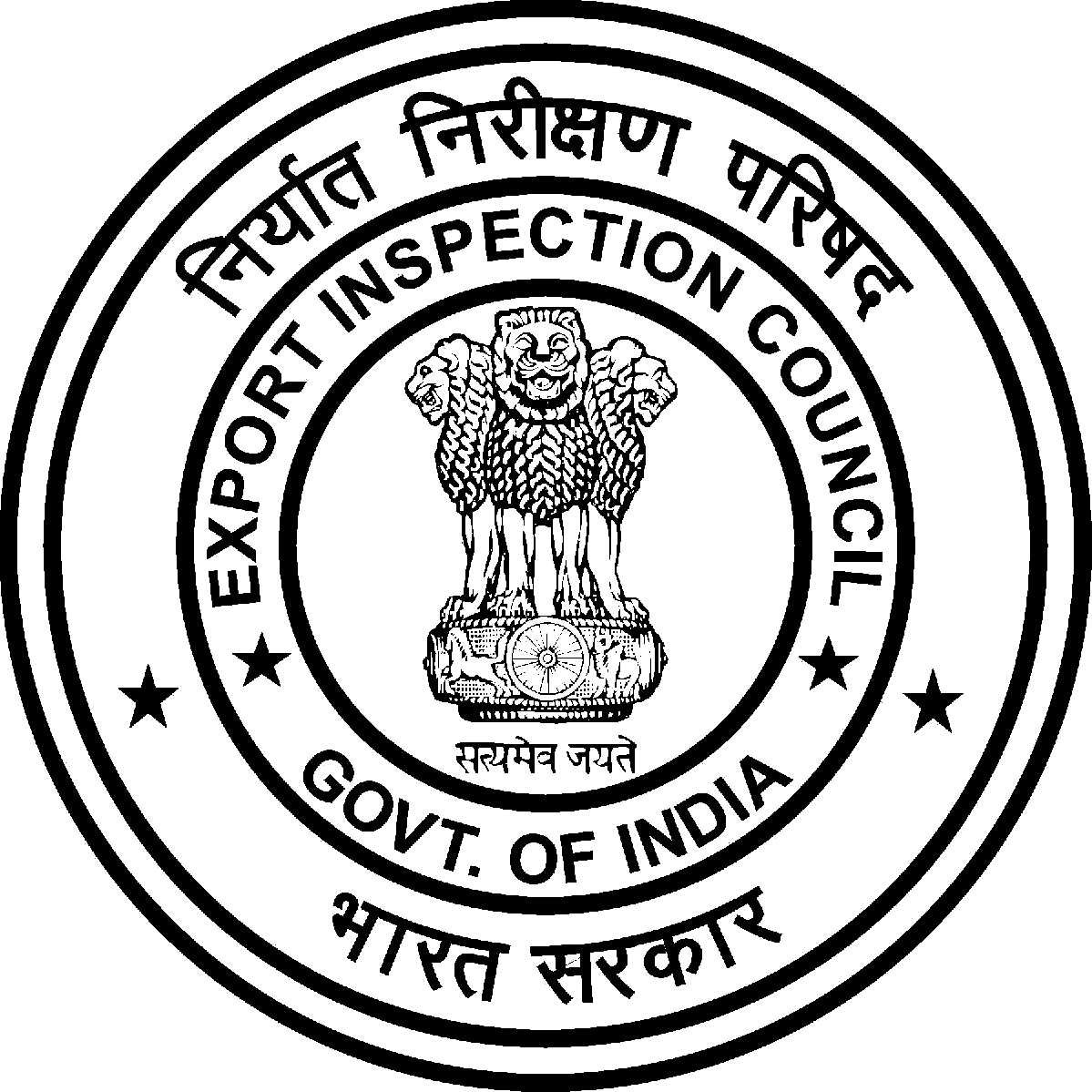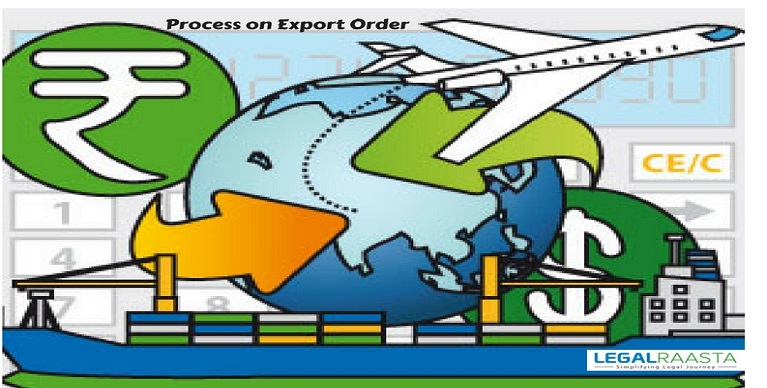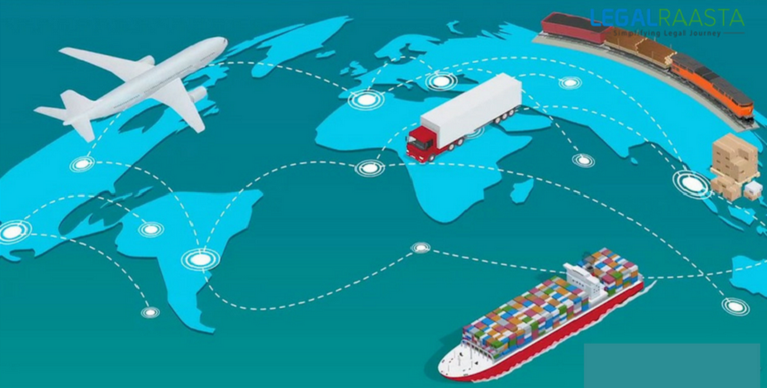What is the procedure for Customs clearance ?
Introduction: custom clearance procedure
Custom clearance procedure works include formation and submission of documentation needed to help export procedure or imports into the country, describing the client while customs examination, evaluation, payment of duty and taking delivery of cargo from customs after clearance with documents.
The documents included in customs clearance are :
Exports Documentation custom clearance
- Buy order from Buyer
- Sales Invoice
- Packing List
- Shipping bill
- Bill of Lading or air waybill
- Certificate of Origin
Any other special documentation as defined by the buyer, or as needed by financial institutions or LC terms or as per importing country laws.
Imports Documentation
- Purchase Order from Buyer,
- Sales Invoice of the supplier
- Bill of Entry
- Bill of Lading or Airwaybill
- Packing List
- Certificate of Origin
Any other particular documentation needed by the purchaser, or financial institution or the importing country law.
It has been necessary for the commuters, investors and various other business officials to undergo customs clearance procedure, at the time of importing or exporting goods from one country to another. This process has certain customs to follow that are mandatory. The importer or exporter should have to submit valid documents to clear the custom clearance procedure successfully. In the given article, there have been certain major steps useful, in clearing the process of customs clearance procedure in India. Know more about Import-export code of India.
Custom clearance procedure
Bill of Entry
This is the first step towards custom clearance procedure. The customs officer will assign to check the paperwork of the desired shipment. The customs clearance procedure officer is going to file bills in 4 copies such as, original and the duplicate one for the customs, the third copy for the importer to keep, thereafter, the fourth copy is for the bank to make remittances. The bills will be computerised.
Assessment
The major functions of the assessing officer for custom clearance procedure are as follows
- To determine the duty liability.
- Taking due note of any exemption or benefits that have been claimed under export promotion schemes.
- To check if there is any restriction in the wholesome procedure.
- Proper classification of the goods exported or imported.
- Note of the invoice and other declarations submitted at the time of bill of entry.
- Undertake note on consecutive values and other detail on valuation available with the custom houses.
EDI Assessment
The assessment officer by undertaking all the parameters carefully process the cargo declaration manually. In the EDI system, all the calculations are computerised. In addition to this, the system also provides sufficient information for the calculation of Duty. The assessment officer may raise a query for clarification and this query can be processed under service centre.
- After the evaluation is done, the assessed bill of entry is printed in the service centre. In EDI, the documents are usually examined at the time of examination of the goods itself. Thereafter, the final bill of entry is printed.
- In the EDI system, in some of the cases, a provision system appraisal is available. The system itself calculates the duty that has to be paid by the importer. No such assessment officer is involved.
- A facility of telephone enquiry is also available in some of the Customs clearance procedure stations. This can ascertain the status of documents that have been filed through the EDI systems. Any query if raised can easily be printed through fax.
Modification to the bill of entry
After collecting the required documents, the customs officer will check whether there would be any alteration required. This can be done after the permission taken from the Deputy/ Assitant Commissioner.
Green Channel Facility
Some importers and exporters are provided with the Green Channel Facility. This ensures that there be no as such need for routine examination procedure for the checking of good. Instead, under Green Channel Facility the declaration in the declaration form will be made at the time of bill of entry. There would be the normal procedure instead of any physical examination of the goods.
Payment of the Duty
It is important for all the importers and the exporters to pay the duty through TR-6 challans. Various customs houses have numerous bank branches, that are meant to deposit the duty at. One must make sure to check clearly the name of the Bank before depositing the duty.
Prior Entry for Shipping Bill
If an importer wishes to fill the bill of entry before the arrival of the goods, it can be done easily. The bill of entry will be valid if the goods have arrived 30 days before the actual date of presentation of the shipping bill.
Specialised Bonds
Under specialised schemes such as DEEC and EOU, import of goods needs to execute strong bonds with the customs clearance procedure authorities. At the time of the failure of the bond, the importer is required to pay the duty that has been remarked on those goods. The amount of bond will be equal to the amount of duty that has been livable on the imported goods. One must make sure to exhibit the bank guarantee along with the bond. The amount of the bank guarantee depends upon the prestigious status of the importer. process
Bill of entry for warehousing
There is altogether a different form of a bill of entry for customs clearance procedure of goods for warehousing procedure. The evaluation for this bill is done in an exact manner as the normal bill of entry thereafter, the duty payable is considered.
Delivery of Goods
This can easily be done once the whole process of the bill of entry is done in a legalised manner. On confirming the customs clearances to the port officials, the importer can take the delivery of his goods. In the state of cargo stored in a warehouse, the importer will display different bill of entry called the ex-bond bill of entry to clear the entire or portion of the warehoused cargo.
How much time is taken for Goods to Clear Customs?
After the customs clearance procedure is done. How much time does it take to get clear- Answer to this is the customs release of a shipment can take wherever of 20 minutes to many days depending on conditions. Once your Customs Broker has made your entry for customs and sends the data, it takes around 20 minutes. Now that your entry has been received, it is now up to an administrator to examine the entry and both allow or reject the shipment – This step can take anywhere from only a few minutes to several hours depending on the amount of Customs staff ready and excess at the port of crossing.
However, there can be a possibility that earlier to its release, one’s shipment may be Taken for inspection. If one’s shipment is inspected, it will be located in a bonded warehouse and examined by Customs officers at their quickest convenience. Usually, Customs officers will attend multiple sites throughout the day and prepare their releases in the afternoon. The method can take wherever 12-48 hours and even higher during long traffic periods. Customs releases are also not insured.
The reasons for the rejections of shipment
Temporary rejects: This may occur when data keyed into the entry does not meet up exactly with the shipment’s paperwork. Customs will inform the broker and a switch to the entry will be made.
Permanent Rejects: There are many causes why a shipment may be rejected altogether.
- Misdeclaration
- Under-valuing your goods
- Not permissible due to health and safety reasons.
If this is the case, one will either have to possess the goods shipped back to the supplier. Also, have the goods destroyed by the officials at your own price.
IGST on Imports procedure
The GST Registration is an important process for customs clearance procedure nowadays, The customs for import and export have switch due to the introduction and implementation of GST in India on 1st July 2017. Under GST, several types of duties and taxes like Basic Customs duty, Education Cess, Anti-dumping duty, Safeguard duty and the like would proceed.
On the other hand, Countervailing Duty (CVD) and Special Additional Duty of Customs (SAD), would be followed by Integrated Goods and Services Tax(IGST). According to information issued by the Central Board of Excise and Customs, IGST and GST Compensation Cess would be imposed on all cargo that comes into India. Further, IGST and GST Compensation Cess would be suitable for all goods that arrived in India.
Conclusion
The customs clearance procedure is a needful task to be done by every importer and the exporter before the exchange process takes place between the countries. The importer and exporter should make sure, to have all the necessary documents that will be required to be assessed during the time of bill of the entry.
For any query related to customs clearance procedure or import and export log into our website. We also help in For more relatable details visit our website – LegalRaasta also offers services such as IEC Registration, Trade License Registration, and Trademark Registration. You can call us at- +91 8750008585 or email us at contact@legalraasta.com
Related articles
CBIC (Central Board of Indirect Taxes & customs)









